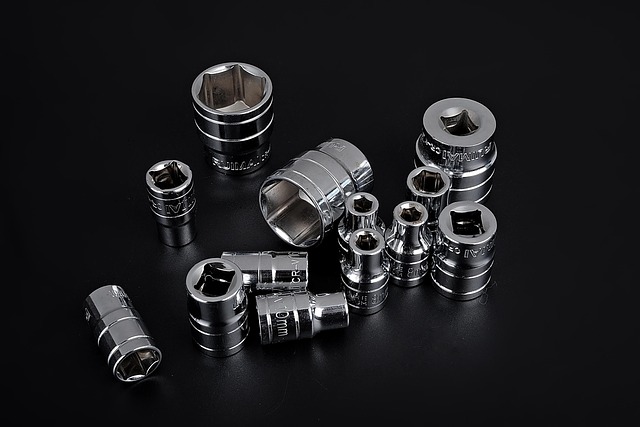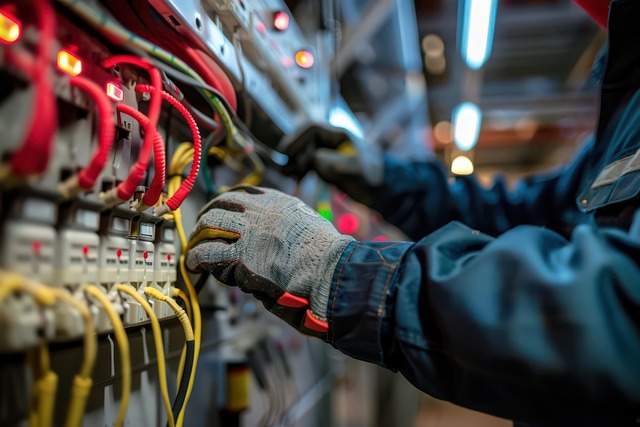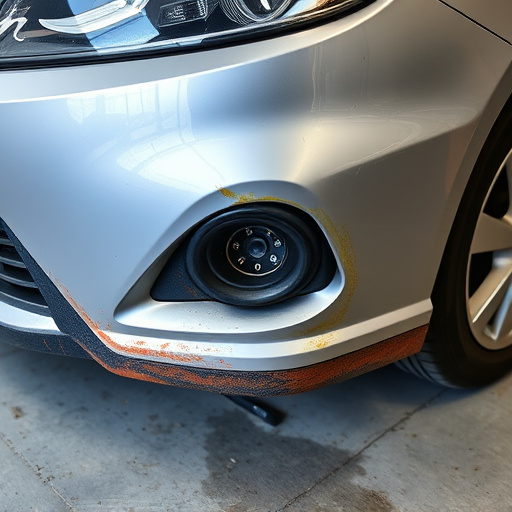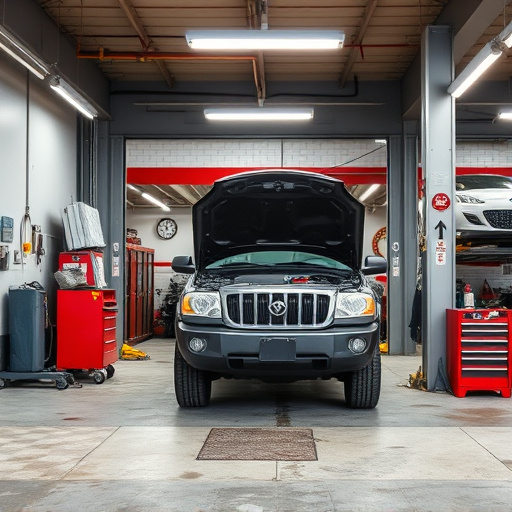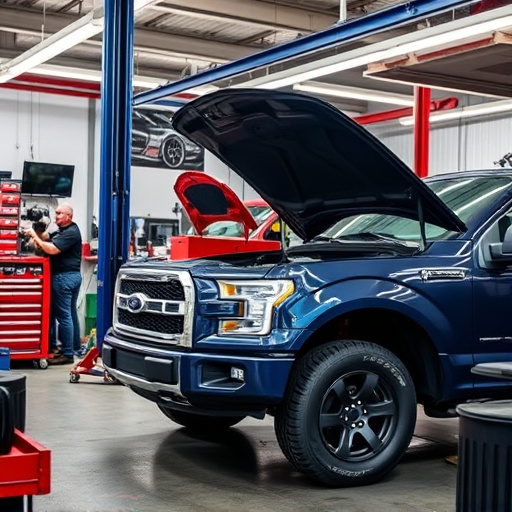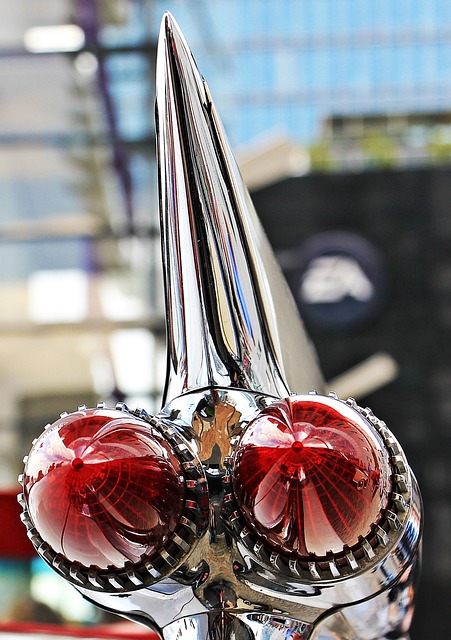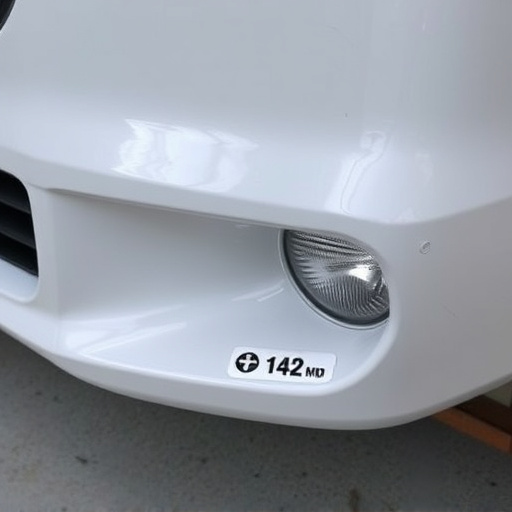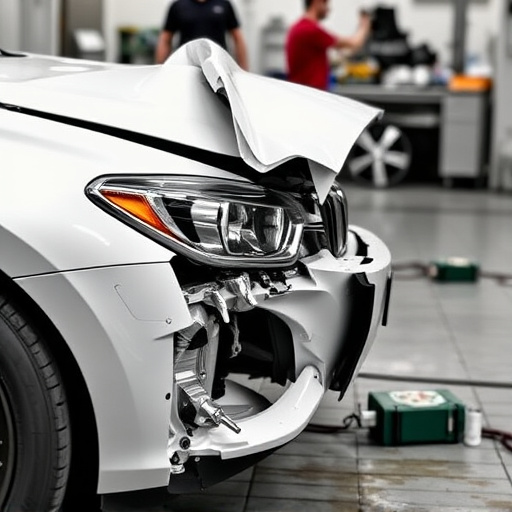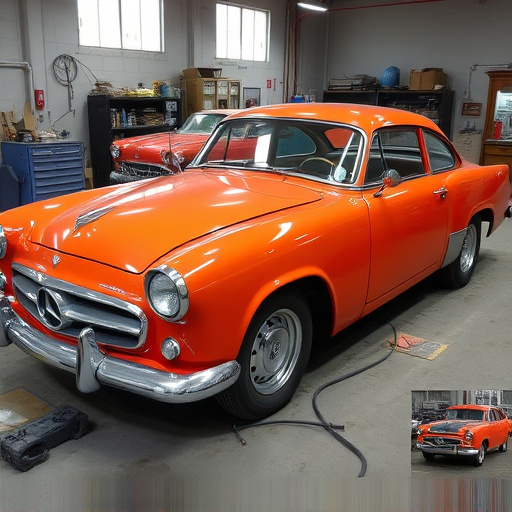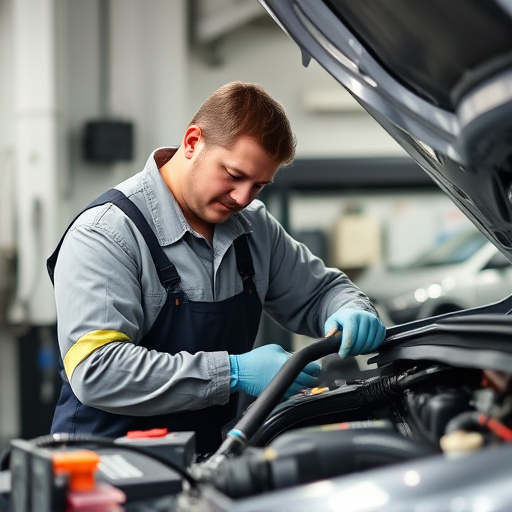C-pillar repair involves visual inspections and advanced technology to assess damage severity, ranked per safety standards. Repairs are scheduled based on priority, balancing aesthetics and safety. Effective communication strategies, leveraging digital platforms and customer engagement tactics, build trust and community through transparent updates and informative content. Post-repair follow-ups enhance satisfaction, foster loyalty, and gather feedback for continuous service improvement.
In today’s competitive automotive landscape, efficient C-pillar repair and customer communication strategies are essential for vehicle safety and dealer satisfaction. This article delves into the critical components of C-pillar damage assessment and repair prioritization, effective communication tactics to engage customers throughout the process, and post-repair follow-up to guarantee client satisfaction. By implementing these strategies, dealers can enhance operational efficiency and build stronger relationships with their clientele, ultimately fostering long-term loyalty.
- Assessing C-Pillar Damage and Prioritizing Repairs
- Effective Communication Strategies for Engaging Customers
- Post-Repair Follow-Up: Ensuring Customer Satisfaction
Assessing C-Pillar Damage and Prioritizing Repairs
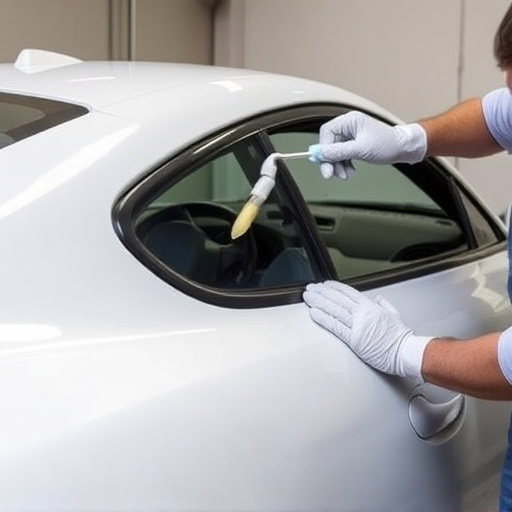
When assessing C-pillar damage, the first step is to thoroughly inspect the pillar for any visible signs of deformation or distortion. This can often be done with a simple visual examination, but advanced technology like 3D scanning and computer-aided design (CAD) software can provide a more accurate measurement. Identifying the extent of the damage is crucial as it determines the repair scope and priority. For instance, a minor dent removal might be a quick fix, while a severe collision may require structural reinforcement or even a complete C-pillar replacement.
Prioritizing repairs involves ranking the severity of each damage case based on safety standards and vehicle functionality. Car repair shops and collision centers typically use standardized protocols to assess these issues. Simple fixes like dent removal can be scheduled alongside more complex repairs, ensuring that critical structural components are addressed first. This strategic approach guarantees that vehicles are not only aesthetically restored but also safe for the road, enhancing customer satisfaction and peace of mind.
Effective Communication Strategies for Engaging Customers

Effective communication strategies are pivotal for engaging customers during C-pillar repair processes. Transparency and clear updates can alleviate customer anxiety and build trust. A car repair shop should adopt a proactive approach, providing regular and concise information about the repair status, estimated timelines, and costs involved. This could be through phone calls, text messages, or even dedicated mobile apps that allow customers to track their vehicle’s progress in real-time.
Additionally, leveraging digital platforms for marketing and communication can significantly enhance customer engagement. Offering informative content, such as blogs or videos about C-pillar repair and auto body services, can empower customers to make informed decisions. Incorporating customer testimonials and before-and-after pictures of successful repairs can further reinforce the shop’s credibility, fostering a sense of community and satisfaction among clients.
Post-Repair Follow-Up: Ensuring Customer Satisfaction

After a successful C-pillar repair, following up with customers is an essential step to ensure their satisfaction and maintain a positive relationship. This process involves verifying that the customer is happy with the repair work and addressing any concerns or questions they may have. A simple check-in call or email can go a long way in building trust and loyalty; it shows that the auto maintenance service cares about the customer’s experience post-repair.
By providing this level of care, collision repair shops differentiate themselves from competitors. Satisfied customers are more likely to return for future services, such as regular car damage repairs or routine maintenance checks. This ongoing communication also helps in gathering valuable feedback, allowing businesses to improve their services and stay attuned to the needs of their clientele.
C-pillar repair is more than just fixing a structural issue; it’s about fostering customer trust and satisfaction. By combining thorough damage assessment, clear communication strategies, and thoughtful post-repair follow-up, businesses can ensure that every interaction with customers leaves a positive impression. These strategies not only enhance customer loyalty but also contribute to the overall reputation of the repair services provided, making them essential components in any successful C-pillar repair process.
